TechPlus+ | Technology & Development Redux
-

ChatGPT’s New Version
Read more: ChatGPT’s New VersionYesterday, OpenAI released a new iteration of ChatGPT, version 3.5. To quickly check, I decided to ask some of the same questions I did back in December. The table below compares the results. ChatGPT November 2022 v3.0 January 30 2023, v3.5 1. Can you perceive any gaps in your training? As a computational agent, I…
-

Best Films – 2022
Read more: Best Films – 2022I read somewhere that 2022 was an excellent year for filmmaking. After all, the pandemic has become endemic (learn to live with it, no matter what). And previous virus constraints have now evaporated. Back to 2019, so to speak. Almost. Maybe I am slowing down or something, but I have to disagree with such a…
-

Chatting with ChatGPT
Read more: Chatting with ChatGPTOpenAI’s new shiny chatbot, with the not-so-brilliant name of ChatGPT, has taken the world by storm, surprising most, company staff included. Evidence of the latter stems from the fact that whenever one tries to access the platform, a message announcing imponderable delays quickly pops up on the screen. Clearly, the current demand is way above…
-

How Green is AI?
Read more: How Green is AI?Playing Games My father taught me how to play chess when I was nine years old or thereabouts. He played his fair share of games while he was studying engineering. He told me that a few of his classmates quit thanks to their chess obsession, an example I should not follow. Not a smart move,…
-

ICTs and Emissions – V
Read more: ICTs and Emissions – VWalking Around the Main Gallery Unlike its basement, the abode’s main gallery is noisy, crowded and chaotic, offering a maze-like layout we need to navigate safely. Indeed, one can easily get lost, and while checking in is pretty simple, finding one of the exit doors is undoubtedly far more elaborate. Thus, we must stand on…
-
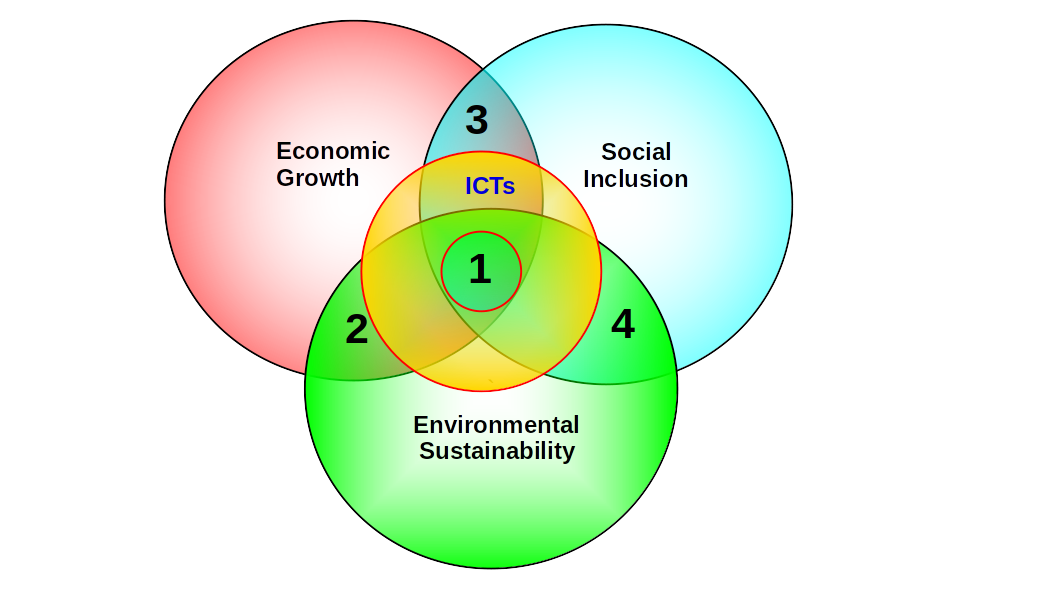
Digital Technologies and Sustainable Development: The Missing Link
Read more: Digital Technologies and Sustainable Development: The Missing LinkContext Nowadays, digital technologies occupy most of the interstices of society. While the global pandemic exposed glaring gaps, especially in developing countries, avoiding their mantra seems torturous. Undoubtedly, their rapid diffusion in the last 30 years is historical (Comin & Mestieri, 2018). However, once touted as unstoppable drivers for social change, many now perceive modern…
-

ICTs and Emissions – IV
Read more: ICTs and Emissions – IVEnvironmental Footprints As previously mentioned, data centers (DCs) depend not only on energy consumption but also require plenty of water for survival, just like humans. We thus have increasing competition for a critical resource, significantly when droughts and wildfires are increasing. Not surprisingly, the availability of adequate and nearby water resources is one of the…
-
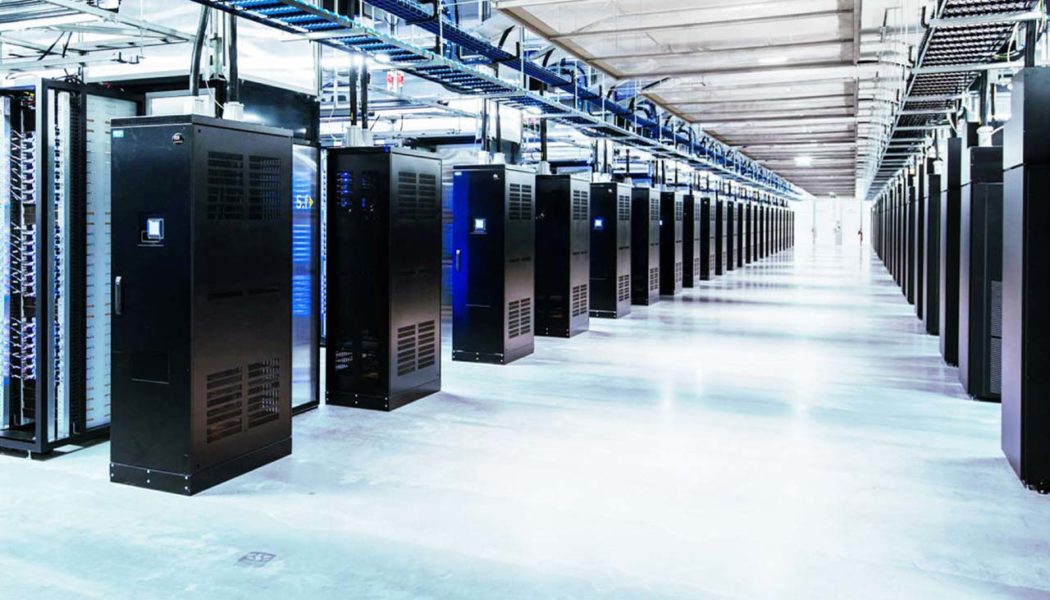
ICTs and Emissions – III
Read more: ICTs and Emissions – IIIThe Abode is a Humongous Shopping Mall As some pundits have observed, data centers (DCs) are the backbone of the digital realm—hiding in plain sight, I would add. However, DCs do not live alone in their noisy, albeit warm homes. They cannot afford to for existential, not financial, reasons. DCs depend on several other beings…
-
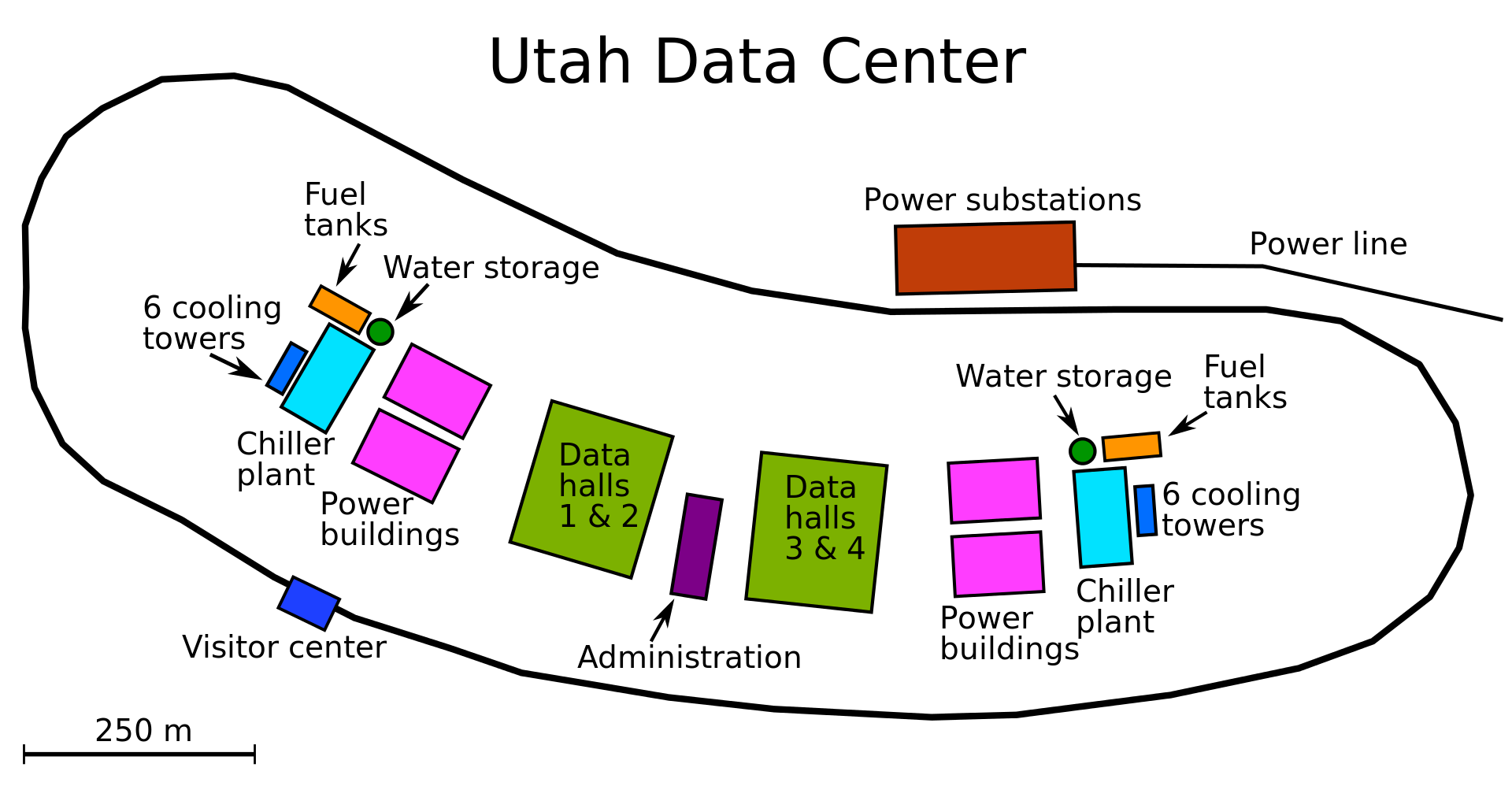
ICTs and Emissions – II
Read more: ICTs and Emissions – IICyberspace Mansions In 2009, amid the Global Financial Crisis, the U.S. National Security Agency (NSA) announced plans to create a 1.2 billion dollar data center (DC) in Utah. Indeed, surveillance once again proved it is immune to economic disasters, regardless of magnitude. In any case, actual construction began only in 2011, after government approval. The…
-

ICTs and Emissions – I
Read more: ICTs and Emissions – IDigital technologies’ social ubiquitousness is indisputable. Indeed, escaping their mantra seems unreal, almost dystopic, regardless of location or connectivity. The TINA (there is no alternative) principle appears to be entirely at work here. It is thereby paradoxical that new ICTs are conspicuously absent from big-ticket global climate change policy documents such as the 1997 Kyoto…
-

RegTech is Here!
Read more: RegTech is Here!Modern FinTech saw the light of day with the launching of ATM machines in the late 60s. A few years later, NASDAQ was born, credit cards exploded and banks started to deploy mainframes and minicomputer computers to support their operations. The 1990s brought both the Internet and the consolidation of global financialization that accelerated Fintech’s…
-

Economic Growth and Sustainable Development
Read more: Economic Growth and Sustainable DevelopmentIn a previous entry, I explored the connections between digital technologies, economic growth and the environment, using the concept of Sustainable Development (SD) as analytical reference. The figure below depicts yet another way to see the three development outcomes that must interact to trigger SD. Three other outcomes are also possible if the interaction…
-
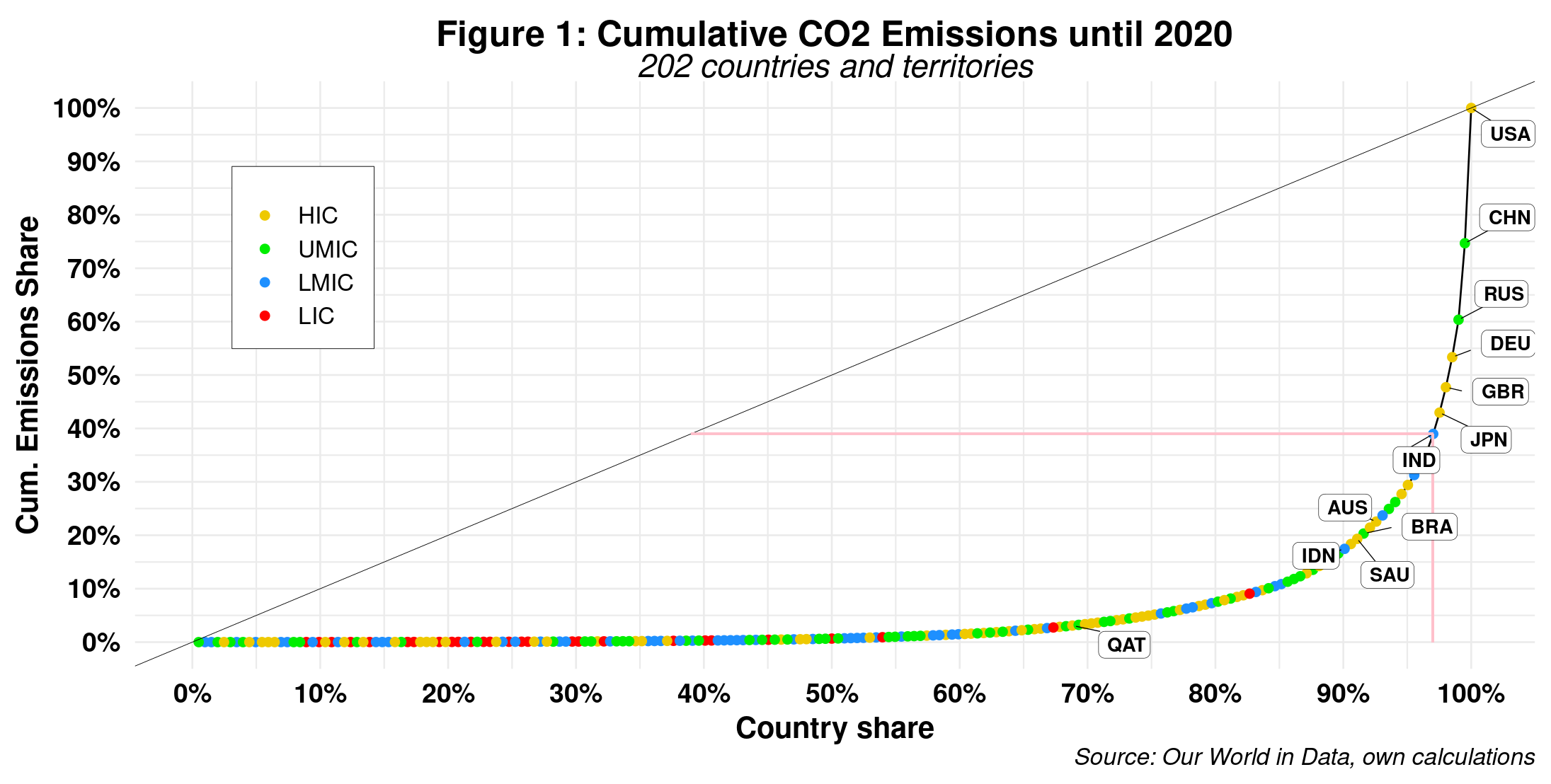
More Carbon Inequality
Read more: More Carbon InequalityIPCC reports usually include an annex containing a climate glossary where key terms are succinctly defined. The latest report is no exception, providing an extensive dictionary consuming over 30 pages of text – yet less than 1% of the report’s length. Bringing into the fray four key terms will suffice for our purposes. They are…
-

More Light on Financial Inclusion
Read more: More Light on Financial InclusionIn a couple of recent posts, I briefly traced the history of financial inclusion and its links to the emergence and diffusion of digital technologies. A recently published book by Nick Bernards tackles the same issue more comprehensively while taking a more critical perspective. His departing point, however, is not financial inclusion but rather poverty…
-
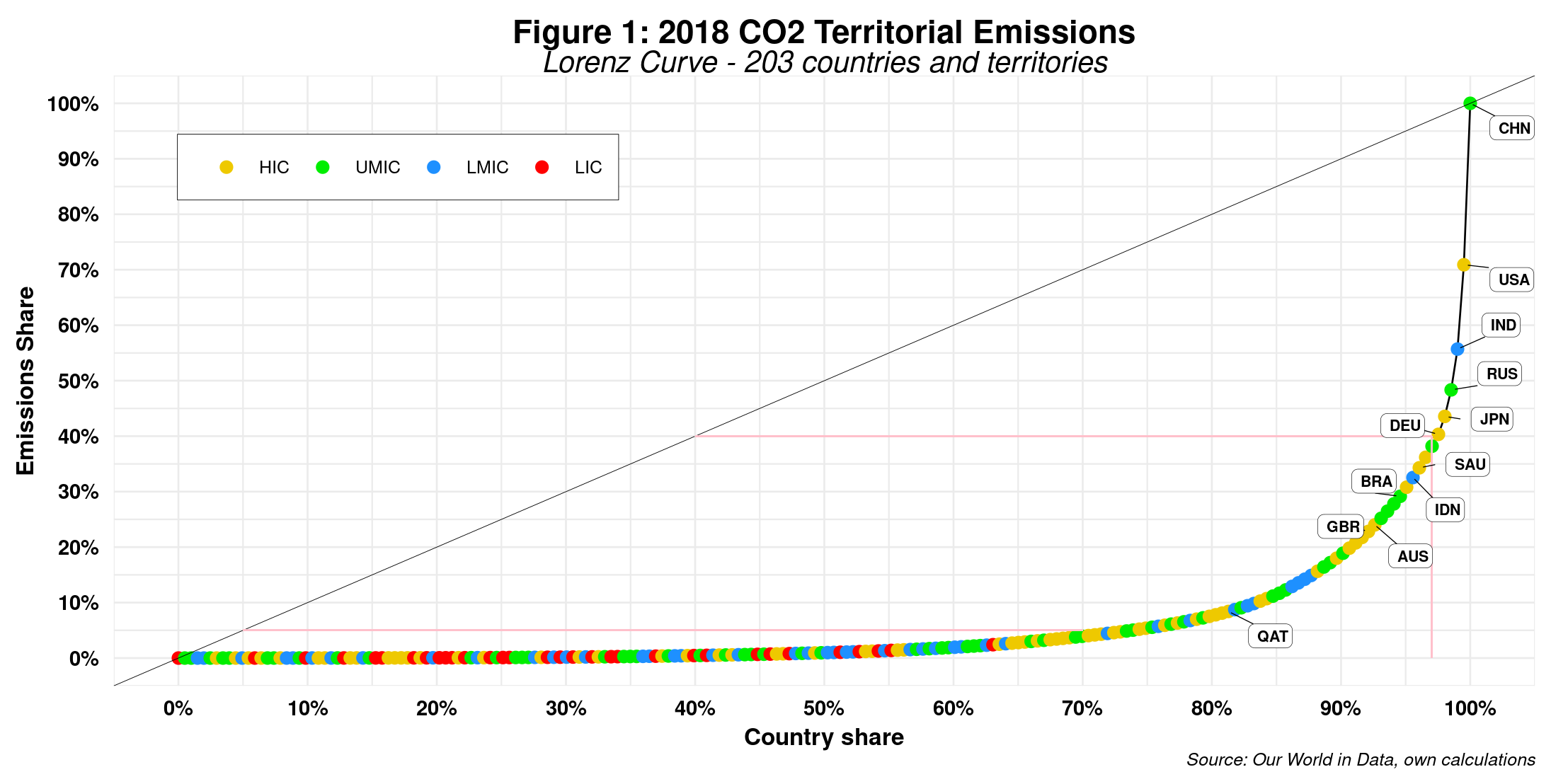
Carbon Inequality
Read more: Carbon InequalityMy previous post highlighted a gap between the Glasgow CoP26 mitigation targets and GHG emissions data. The best example here is the selection of methane as a priority while the big elephant in the room, CO2, mentioned in passing, escaped almost unscathed. Indeed one could argue that such global meetings must make choices, some of…